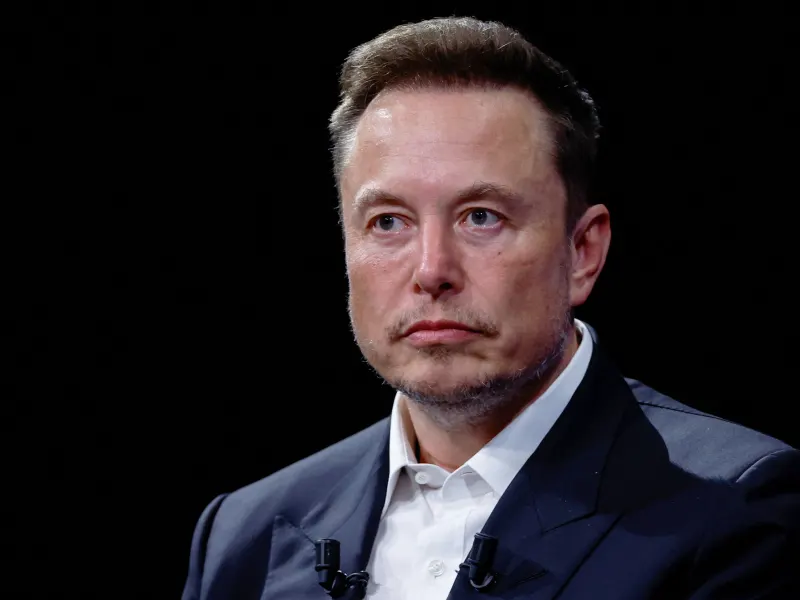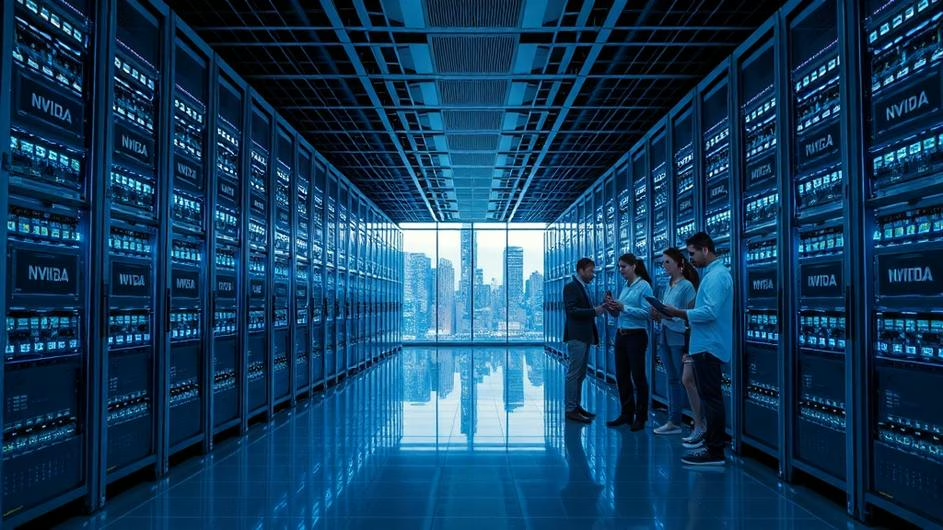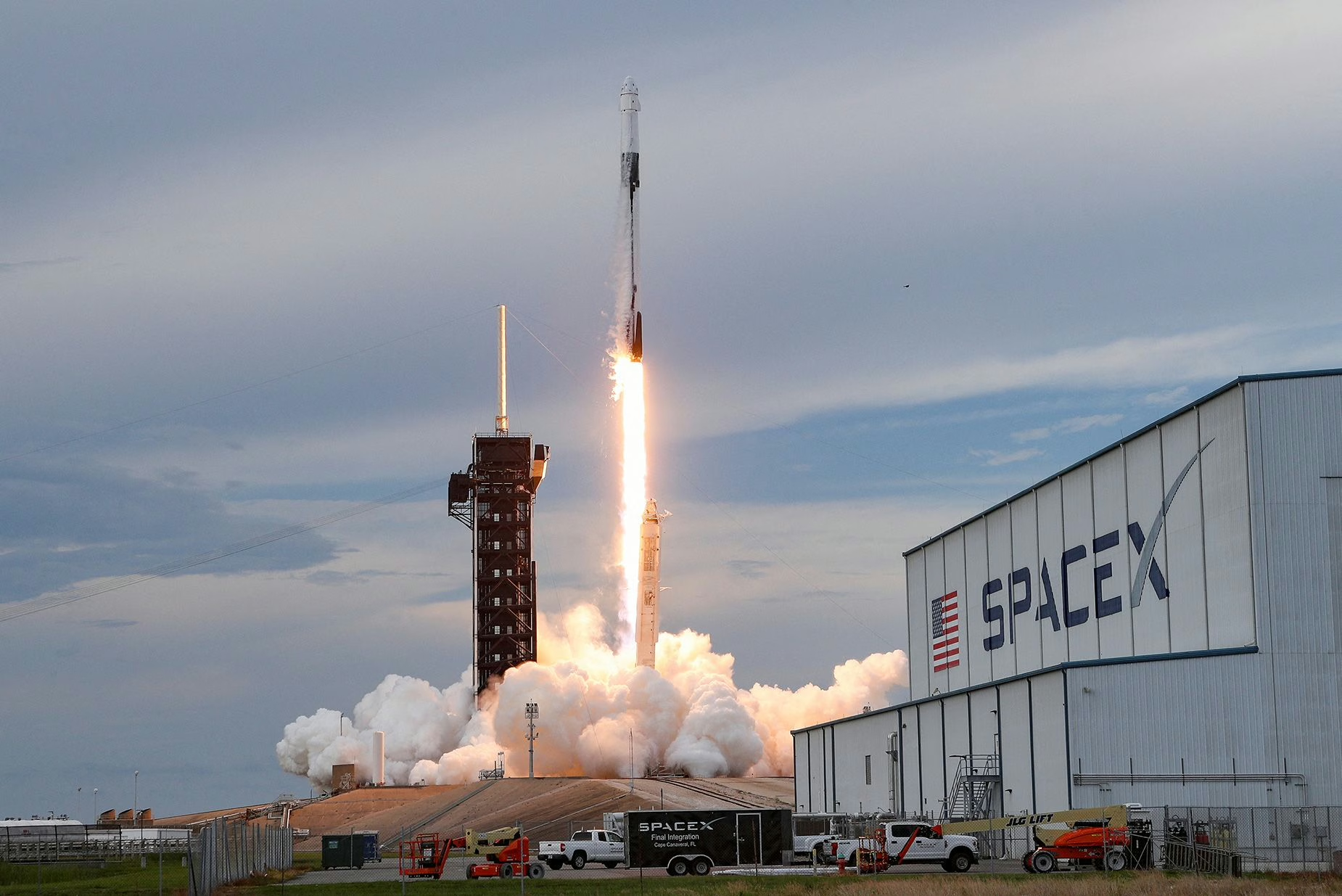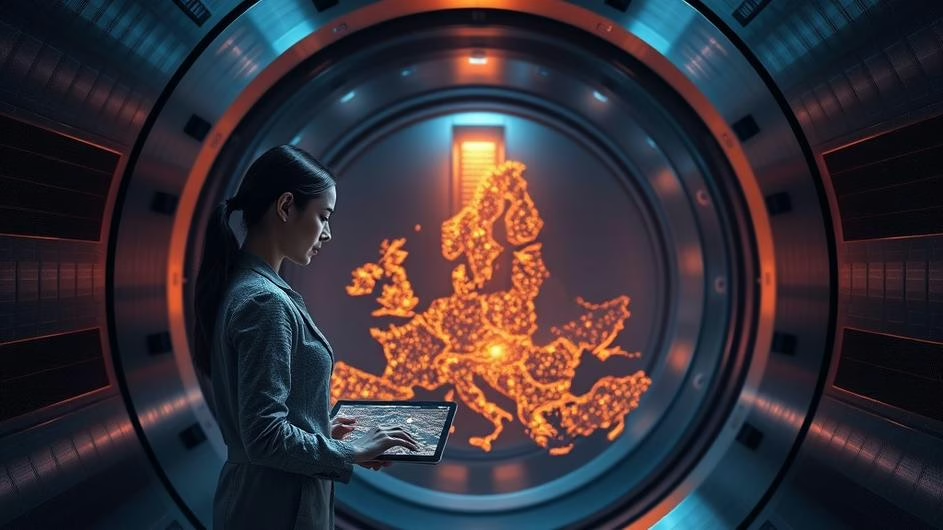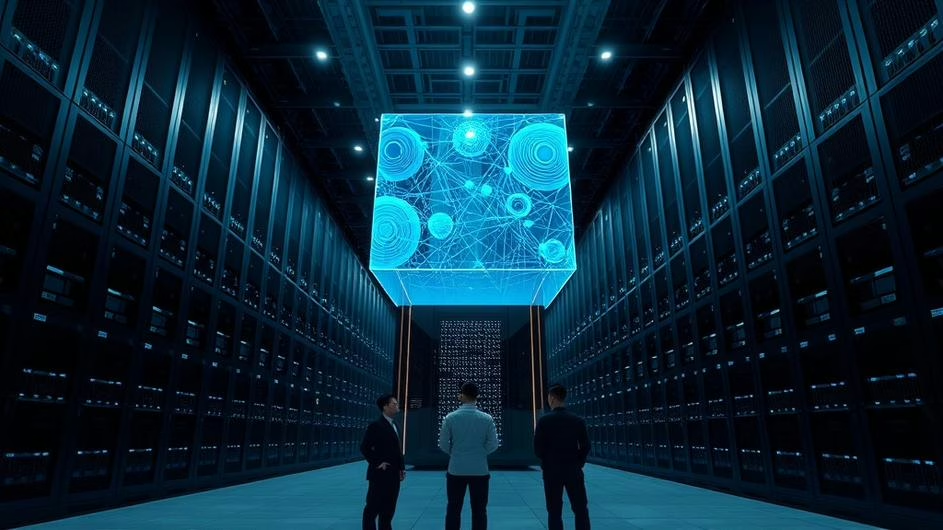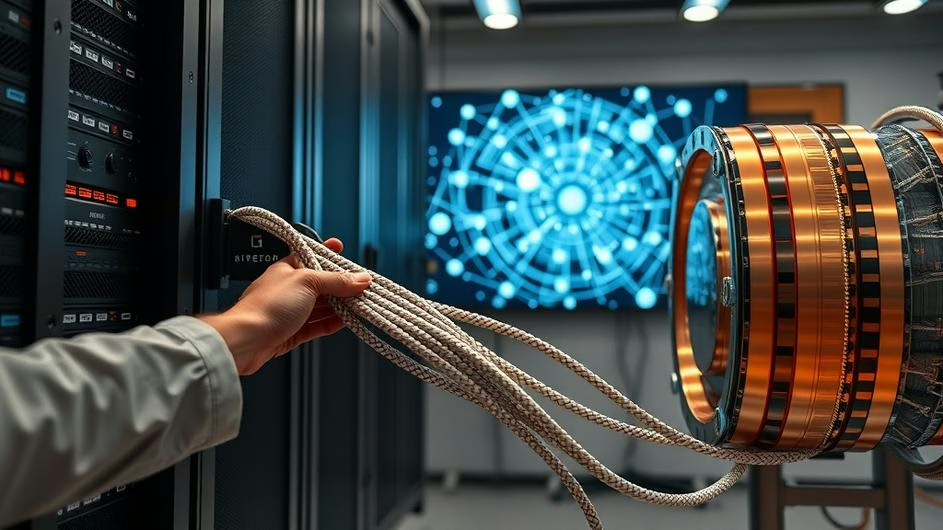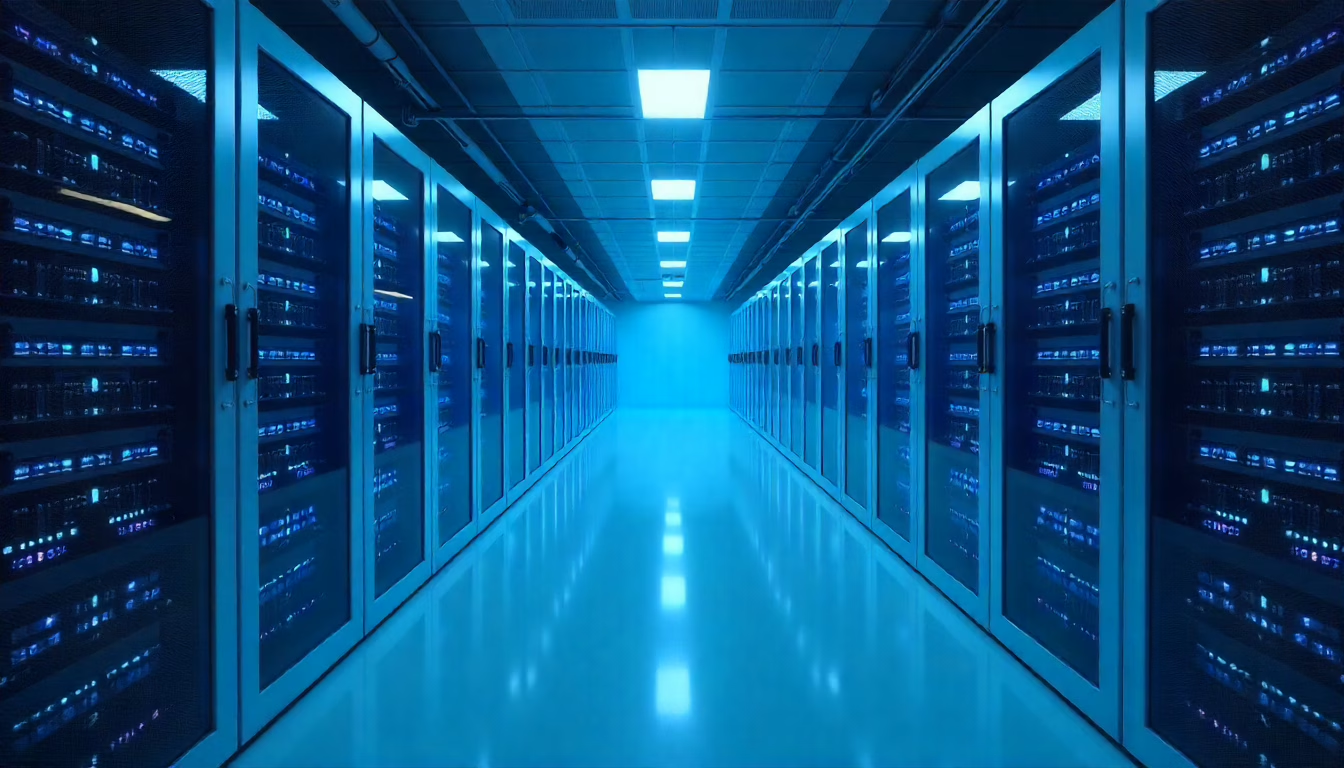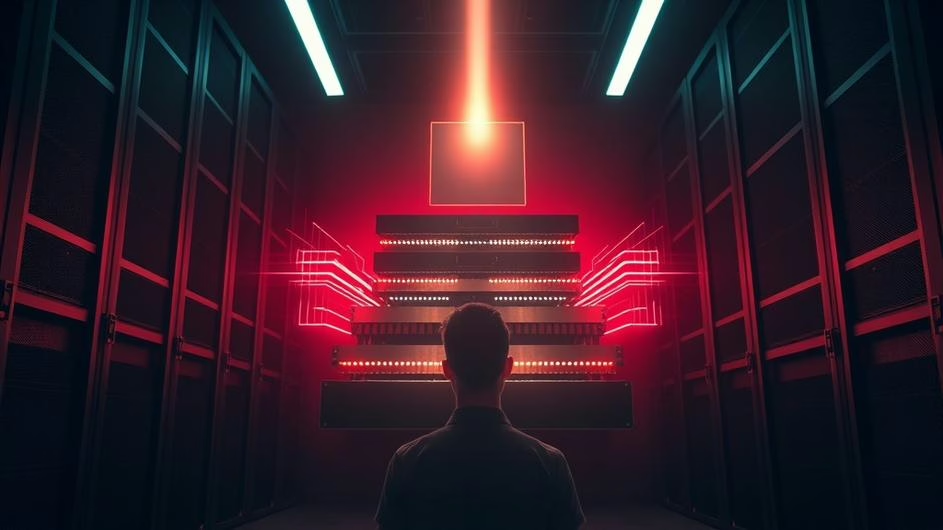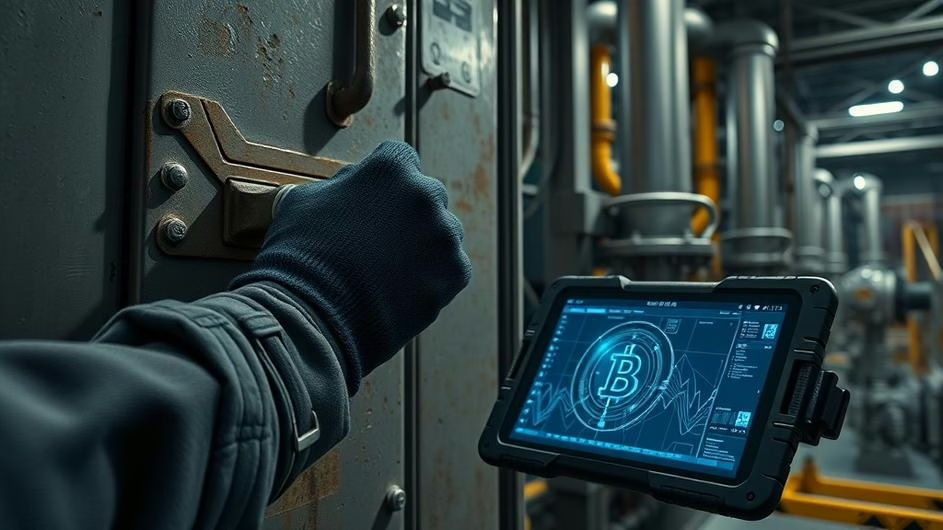
Cybersecurity’s New Frontier: Navigating the Rising Tensions and Innovations Shaping Global Tech Infrastructure
We’re living through a fascinating paradox. While developers are building decentralized systems that promise to democratize finance and data ownership, nation-states are locked in an invisible war over who controls the digital infrastructure powering our connected world.
The cybersecurity landscape isn’t just changing anymore. It’s being completely rewritten by geopolitical tensions, massive defense spending, and regulatory frameworks that could reshape how we build and secure technology. For anyone working in tech, crypto, or blockchain, understanding these shifts isn’t optional.
When Digital Becomes Physical Warfare
The old playbook for international conflict is dead. Today’s “arms race” happens in server farms, not missile silos. Chris Inglis, former White House National Cyber Director, recently highlighted how malicious actors now share attack strategies faster than open-source developers share code.
Here’s what’s particularly unsettling: these attacks increasingly target the intersection of digital and physical systems. Think about it. When hackers compromise a power grid, they’re not just stealing data. They’re potentially disrupting mining operations for Bitcoin or Ethereum. When they hit financial infrastructure, they could freeze crypto exchange operations for hours or days.
Eliza Manningham-Buller, who ran the UK’s MI5, made headlines by suggesting Britain might already be at war with Russia in cyberspace. That’s not hyperbole when you consider attacks on companies like Collins Aerospace. These incidents prove that even the most security-conscious organizations can be breached.
For crypto developers and DeFi protocols, this reality check matters. If defense contractors with unlimited budgets can’t stay completely secure, what does that mean for protocols managing billions in total value locked?
Follow the Money: Defense Tech Gets Serious Funding
The European Union just announced an 800 billion euro investment in next-generation defense capabilities. That’s not just missiles and tanks. A significant chunk targets AI-powered cybersecurity, drone defense systems, and critical infrastructure protection.
Companies like Parsons are positioning themselves at this intersection of traditional defense and cutting-edge tech. Their work on satellite resilience and counter-drone technology directly impacts the infrastructure that crypto networks depend on. When satellites go down, so do internet connections. When internet connections fail, blockchain networks can become fragmented.
Bank of America analysts are already identifying under-the-radar stocks that could benefit from this defense spending surge. But here’s the interesting part: many of these companies are also building technology that could enhance crypto security infrastructure.
Meanwhile, the “Global State of CPS Security 2025” report found that nearly half of organizations see economic policies and supply chain shifts as major cybersecurity risks. For blockchain projects, this hits close to home. Manufacturing disruptions can affect everything from mining hardware production to the servers hosting validator nodes.
OT Security: Where Code Meets Physical Reality
Seven national cybersecurity agencies, including the Five Eyes alliance, just released coordinated guidance for securing Operational Technology (OT). If you’re not familiar with OT, think of it as the software that controls physical processes. Power plants, water treatment facilities, manufacturing lines.
This OT security guidance matters for crypto in ways that might not be immediately obvious. Mining operations rely heavily on OT systems for power management and cooling. Crypto exchanges use OT for their data center operations. Even DeFi protocols depend on OT-controlled internet infrastructure.
The guidance emphasizes real-time monitoring and incident response, which mirrors what we’re seeing in blockchain security practices. The difference? When OT systems fail, the consequences are immediate and physical.

Regulatory Reality Check
The UK’s new Cyber Security and Resilience Bill represents a broader trend toward harmonized global cybersecurity regulations. This isn’t just bureaucratic box-checking. These regulations will directly impact how crypto companies operate, especially those dealing with critical infrastructure or financial services.
For developers building on blockchain networks, staying compliant while maintaining decentralization principles creates fascinating technical challenges. How do you implement regulatory requirements in smart contracts? How do you ensure compliance across multiple jurisdictions when your protocol is truly decentralized?
Global manufacturers are already calling for unified regulatory approaches because fragmented rules disrupt security programs. The crypto industry faces similar challenges, but with the added complexity of operating across traditional regulatory boundaries.
Opportunities in the Chaos
Here’s where things get interesting for tech professionals. Yes, the threat landscape is more sophisticated than ever. Attackers are using AI, exploiting global supply chains, and targeting both digital and physical infrastructure. But this complexity also creates opportunities.
The demand for professionals who understand both traditional cybersecurity and blockchain technology is exploding. Companies need people who can secure IoT devices that interact with smart contracts. They need architects who can design systems that are both decentralized and compliant with emerging regulations.
Building resilient systems now requires thinking across traditional boundaries. You need to understand how geopolitical events might affect your code deployment. You need to anticipate how supply chain disruptions could impact your infrastructure. You need to design for a world where cyber and physical threats are increasingly intertwined.
What This Means for Crypto and Web3
The convergence of geopolitical tensions, massive defense investments, and evolving regulations is creating a new operating environment for technology companies. For crypto and blockchain projects, this environment presents both challenges and opportunities.
Challenges include increased scrutiny from regulators, potential infrastructure disruptions from state-sponsored attacks, and the need to secure increasingly complex systems. But opportunities abound for projects that can navigate this landscape effectively.
Blockchain technology itself offers solutions to many cybersecurity challenges. Decentralized systems are inherently more resistant to single points of failure. Cryptographic verification can enhance supply chain security. Smart contracts can automate compliance processes.
The key is building systems that are secure by design, compliant by default, and resilient in the face of both cyber and physical threats. That means thinking beyond traditional security models and embracing the complexity of our interconnected world.
Building for Tomorrow’s Security Landscape
The future belongs to developers and companies that can bridge traditional reliability with cutting-edge innovation. Whether you’re building Web3 infrastructure, securing IoT networks, or designing the next generation of financial protocols, understanding the broader security landscape is crucial.
The 800 billion euro EU investment isn’t just about military technology. It’s about building the secure digital infrastructure that will power everything from smart cities to decentralized finance. The companies and developers who understand this convergence will define the next decade of technological innovation.
For crypto developers specifically, this means thinking beyond just smart contract security. It means understanding how geopolitical events could affect your users, how regulatory changes might impact your protocol, and how to build systems that remain functional even when traditional infrastructure is under attack.
The cybersecurity landscape is evolving rapidly, driven by geopolitical tensions, economic shifts, and technological advancement. For tech professionals, this evolution represents not just challenges to overcome but opportunities to shape the future of secure, decentralized technology.
Sources
- “Raising Concerns”, Manufacturing.net, October 1, 2025
- “Defense spending is surging. These under-the-radar stocks offer exposure, Bank of America says”, CNBC, October 1, 2025
- “National Cyber Authorities Launch OT Security Guidance”, Infosecurity Magazine, September 29, 2025
- “Western Countries In Cyber ‘Arms Race,’ Ex-UK Cyber Chief Warns”, Newsweek, October 3, 2025
- “Britain may already be at war with Russia, former head of MI5 says”, The Guardian, September 29, 2025

